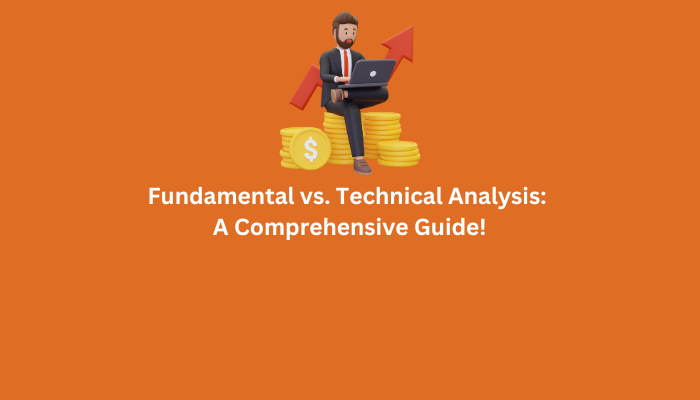Navigating the intricate world of investments requires a keen understanding of various analytical tools. Two prominent approaches, fundamental and technical analysis, serve as cornerstones for informed decision-making.
This article delves into their core principles, unveils their contrasting approaches, and equips you with valuable insights to optimize your investment journey.
Demystifying Fundamental Analysis: Intrinsic Value at the Core
What it is: Fundamental analysis dissects a company’s intrinsic value, meticulously examining its financial health, industry standing, and economic landscape. Imagine it as an X-ray revealing the company’s true potential.
Focus: This method meticulously analyzes financial statements, earnings reports, and economic indicators to assess a company’s long-term viability and growth potential. Metrics like price-to-earnings ratio, debt-to-equity ratio, and return on equity paint a comprehensive picture of financial health.
Timeframe: Fundamental analysis takes a long-term perspective, spanning years of historical data and future projections. This approach is ideal for identifying stocks with sustainable growth potential and weathering market fluctuations.
Advantages:
- Comprehensive: Offers a holistic view of a company’s health and industry position.
- Long-term focus: Enables identification of companies with enduring potential.
- Data-driven: Relies on concrete financial metrics for informed decisions.
Unveiling Technical Analysis: Charting the Price Movements
What it is: Technical analysis deciphers historical price movements and chart patterns to predict future trends. Think of it as a weather map forecasting the stock’s price trajectory.
Focus: This method scrutinizes stock charts, trading volume, and technical indicators like moving averages and relative strength index (RSI) to identify patterns and predict future price movements.
Timeframe: Technical analysis primarily focuses on short-term trends, analyzing data from days, weeks, or months. This approach is suited for active traders seeking to capitalize on quick price fluctuations.
Advantages:
- Swift assessment: Enables rapid evaluation of stocks for immediate decisions.
- Trend identification: Helps recognize and capitalize on emerging price trends.
- Psychological insights: Considers market sentiment and supply-demand dynamics.
Choosing Your Investment Compass: Blending the Best of Both Worlds
While fundamental and technical analysis differ in their approaches, they needn’t be rivals. Many investors leverage the strengths of both for a well-rounded perspective.
Combining forces: Use fundamental analysis to select promising companies and technical analysis to time your entry and exit points. This synergy can enhance your decision-making capabilities.
Remember: Market analysis is just one piece of the puzzle. Consider your risk tolerance, investment goals, and overall portfolio strategy before making any investment decisions.
Frequently Asked Questions
1. Which analysis is better, fundamental or technical?
There’s no single “better” option. Both have their strengths and weaknesses. Fundamental analysis excels in long-term investing, while technical analysis shines in short-term trading. Consider your goals and risk tolerance when choosing your approach.
2. Can I succeed with just one type of analysis?
While possible, using both can provide a more comprehensive understanding. Fundamental analysis helps you choose the right companies, and technical analysis aids in timing your trades.
3. Are there any tools available to help me with analysis?
Several online resources and software programs can assist with both fundamental and technical analysis. Conduct your research and choose tools that align with your investment style and goals.
Resources
- Technical Analysis and Fundamental Analysis – AnalystPrep | CFA® Exam Study Notes
- Fundamental Analysis versus Technical Analysis | SpringerLink
- G1 Li.pdf (academyfinancial.org)

I’m Mino, a forex trader with years of hands-on experience and a knack for market trends. My mission? To guide you through the complexities of forex trading and help you reach your financial aspirations. With personalized strategies and proven insights, I’ve empowered countless traders to navigate the markets confidently and achieve steady profits. Join me on the path to financial success in forex trading!
Don't Miss Pro Indicators and Trading Systems

